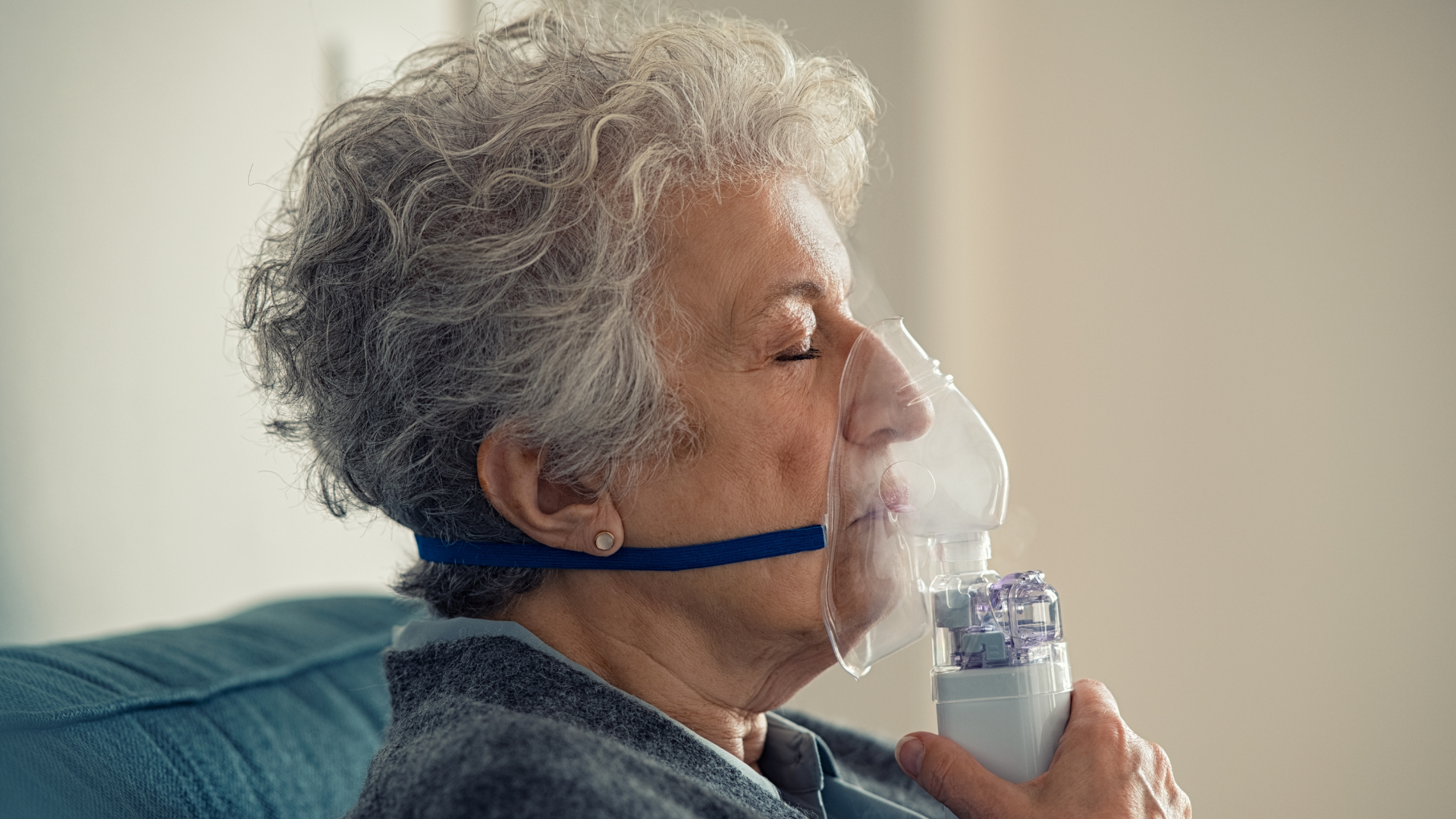Respiration rate, or the rate at which a person breathes, can be an important indicator of overall health and can provide valuable information about a patient’s condition, especially in the context of heart disease. Remote patient monitoring (RPM) can be used to monitor and manage respiration rate, using various devices and technologies.
One way to monitor respiration rate with RPM is through the use of wearable devices, such as smartwatches or fitness trackers, which can collect and transmit data on respiration rate to healthcare providers. These devices can be worn by patients and can provide continuous monitoring of respiration rate, which can help to detect early signs of potential issues and allow for prompt intervention.
Another way to monitor respiration rate with RPM is through the use of home-based monitoring systems, such as telemedicine equipment, which can collect and transmit data on respiration rate to healthcare providers. These systems can be set up in the patient’s home and can provide continuous monitoring of respiration rate, which can help to detect early signs of potential issues and allow for prompt intervention.
RPM can also be used to track symptoms such as shortness of breath, which can be a sign of heart disease or other issues, and can provide valuable information about a patient’s condition.
It’s important to note that respiration rate should be used in conjunction with other vital signs, such as blood pressure and heart rate, to obtain a comprehensive view of the patient’s health. Also, monitoring respiration rate should be used as an addition to traditional in-person care, and patients should always seek medical attention if they experience any symptoms of heart disease. Additionally, patients should be properly trained on how to use the devices and how to interpret the data collected.
In conclusion, Remote patient monitoring (RPM) can be an effective way to monitor and manage respiration rate, which is an important vital sign to detect early signs of potential issues related to heart disease. By using wearable devices, home-based monitoring systems, and tracking symptoms, RPM can provide continuous monitoring and early intervention, which can improve patient outcomes and reduce the risk of complications.
About SenSightsCare
Our SenSightsCare Tablet Solution makes monitoring seniors and patients with chronic conditions effortless and convenient.
SenSightsCare platform allows patients to CONTACTLESSLY monitor their vital signs using SMARTPHONE camera and instantly share their results with their family, doctors and nurses. The platform helps to monitor following vital signs: glucose level, blood pressure, heart rate, heart rate variability, oxygen saturation and stress level. You can also monitor the senior falls with our round-the-clock Touchless Fall Sensor.
The use of audio, video and text communication via phone and popular social media platforms (WhatsApp, Instagram, Facebook, Youtube) would help seniors to be constantly connected to the nurse help desk in the region. The circle of care: nurses, family, other healthcare providers and caregivers can set up customized geofences to make monitoring wandering people with dementia and Alzheimer’s disease easier. To track the location of the senior, caregivers could use his/her phone, smartwatch or other smart tracking devices. When the wandering occurs, the caregivers are immediately notified.
SenSightsCare is a big leap towards Contactless & Deviceless Remote Monitoring of elder people who want to Age in Place.
Learn more about our SenSightsCare Solution on http://sensightscare.com/
Follow us on Facebook at SenSights.AI by LocateMotion: https://www.facebook.com/LocateMotion

